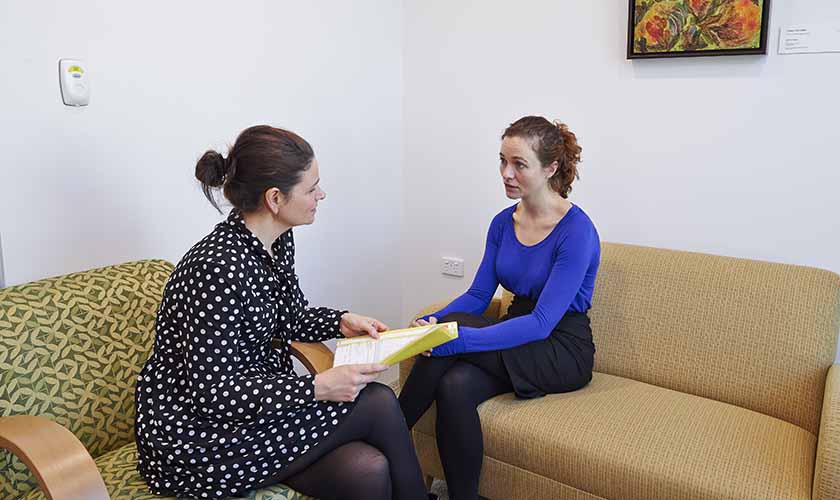Most people in Australia will be affected by cancer at some stage in their lives, either personally or through family and friends.
Annually, more than 123,000 new cases of cancer are diagnosed in Australia and as our population ages, cancer is becoming more prevalent.
With backing from big name celebrities, big brands and multinational corporations, the pink campaign has created breast and gynaecological cancer awareness worldwide. Since 2003, the National Breast Cancer Foundation in Australia has raised more than $20 million from its Pink Ribbon Breakfast alone towards breast cancer support, awareness and research.
Oncologist Daphne Tsoi from Oncology West says awareness can help lead to early detection, which is often vital for survival.
“The highly successful marketing and fundraising campaign for breast cancer has encouraged people to self-examine, get tested and talk about what they’re going through,” Dr Tsoi says. “But we still have a long way to go.”
“Not all types of cancers are so openly discussed, recognised or receive much funding.”
Nurse Manager Marie Condon from St John of God Murdoch Hospital says many patients arrive at the Cancer Centre not knowing anything about their illness.
“Many cancer patients are unsure of what they need so suffer in silence, sometimes until it is too late,” Ms Condon says.
“As has been done with breast cancer awareness, we need to create a dialogue so that people feel able to tell their stories.
“Cancer isn’t discriminatory; all patients deserve support."
The Cancer Council reports that the survival rate for many types of common cancers has increased by more than 30 per cent in the past three decades due to treatment improvements and new interventions brought about by research.
Unfortunately, this increase is not consistent across all cancers. But while the wheels are in motion, major hurdles still remain. For many types of cancer, progress is slow and even where major discoveries have been made, there is still significant work to be done.

